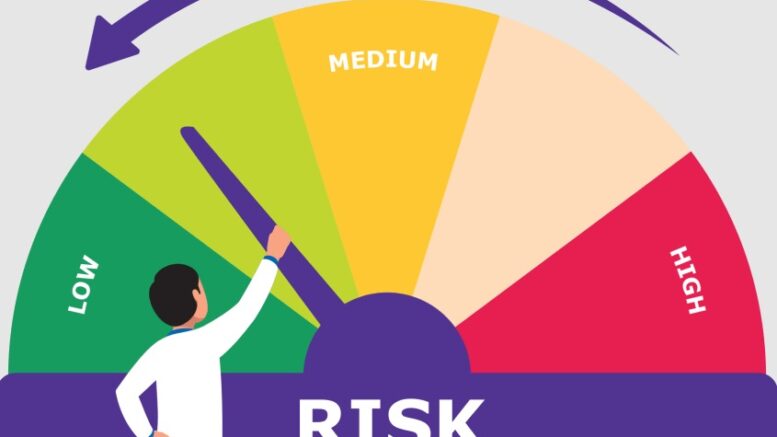Over the past few decades, globalization has become one of the essential factors of many companies’ success stories, especially in the sphere of international trade. The largest market for manufacturing is China. In fact, despite benefits derived from cheap cost, and skilled workforce mobility, supplier risk management in China can spell a lot of trouble. This blog is supposed to be a detailed and technique-focused approach to factory audits in China that will guarantee that any company has all the tools it needs to avoid the risks and tap into the opportunities that running operations in China entails.
About Supplier Risk Mitigation
Managing supplier risks is essential in international business, especially for countries that are as yet new to globalization, such as China. It was further agreed that a factory audit in China should be comprehensive but sequentially ordered for the purpose of minimizing the risks posed by a particular supplier to the highest degree. In this section, they will look at a technical approach that will allow an organization to make a balanced assessment of a potential supplier.
Develop An Exhaustive List OF Key Areas
The first activity in conducting the factory audit is usually to develop an exhaustive list of key areas that a certain supplier may have. These aspects should include:
- Financial stability
- Production capacity
- Quality control measures
- Supply chain reliability
- HAS compliance
With these broad areas of focus, companies are able to have a starting point from which to set assessments of a supplier and where to look for areas that are likely to present complications down the road.
On-site Audit
Once the checklist is developed the next step is an on-site audit. On-site audit can be preferred when businesses wish to collect key data that could not be obtained in any other way. To conduct a successful on-site audit, businesses should follow these guidelines:
- This can be done before the audit where you conduct a reconnaissance of supplier’s activities, the kinds of products supplied as well as the measures to ensure quality.
- Allocate all sections of the audit to a schedule in a way that there is adequate time both for observation and record.
- To have first hand information on the supplier’s operation, they interviewed factory managers, production supervisors and the quality control
- See how the production line is run, to ascertain that the quality assurance is being implemented properly.
- The third is to check all such documentation as a purchase order, a delivery schedule and a record of quality assurance in order to verify whether the supplier fulfills contractual requirements.
- Assess the readiness of the facility for environmental, health, and safety performance by walking through the physical area and also reviewing both physical and written records as well as speaking to people working in the facility.
Following the on-site audit, business entities should quantify risk of the supplier based on the assembled information. One can assess each element of the audit with regards to its risk factor, which varies from low to high. We would recommend that the matrix incorporates both the impact level and the frequency of the risk. This information can then be used to develop a comprehensive report of the supplier’s performance which includes the problems that may be experienced and some suggestions.
Improvement Cycle
After the writing of the report, the businesses need to undertake a cycle of improvement with their suppliers. This process involves:
- Promising both parties that there will be appropriate contacts made with the supplier to ensure that any problem encountered will be dealt with as and when it arises.
- Some may include setting quantifiable aims and objectives regarding the supplier and following through the progress to be certain that the improvements have been made.
- Once these audits are conducted, the supplier should be put through regular check-up audits to ascertain that the supplier remains committed to improving beyond engagements or quality control measures have degenerated after these audits.
- Offering training and capacity building for the supplier with a view of increasing his/her competence level and improving the business partnership.
Conclusion
Risk diversification of suppliers is an important factor of foreign business, particularly where China is concerned. A technical approach to factory audits in China is presented in this blog to allow for efficient supplier performance assessment and mutual business relationship building.
Among other things, a list of points like financial solidity, production competence, quality management systems, reliable sources of raw materials, and conformity to environment, health and safety standards can provide a checklist to analyze various suppliers effectively and systematically.
Also, further improvement of the processes for supply chain management as well as organizing recurrent follow-up audits will support constantly high supplier performance and would contribute to the risk minimization when realizing the International business ventures.

Be the first to comment on "Supplier Risk Mitigation: A Technical Approach to Factory Audits in China"